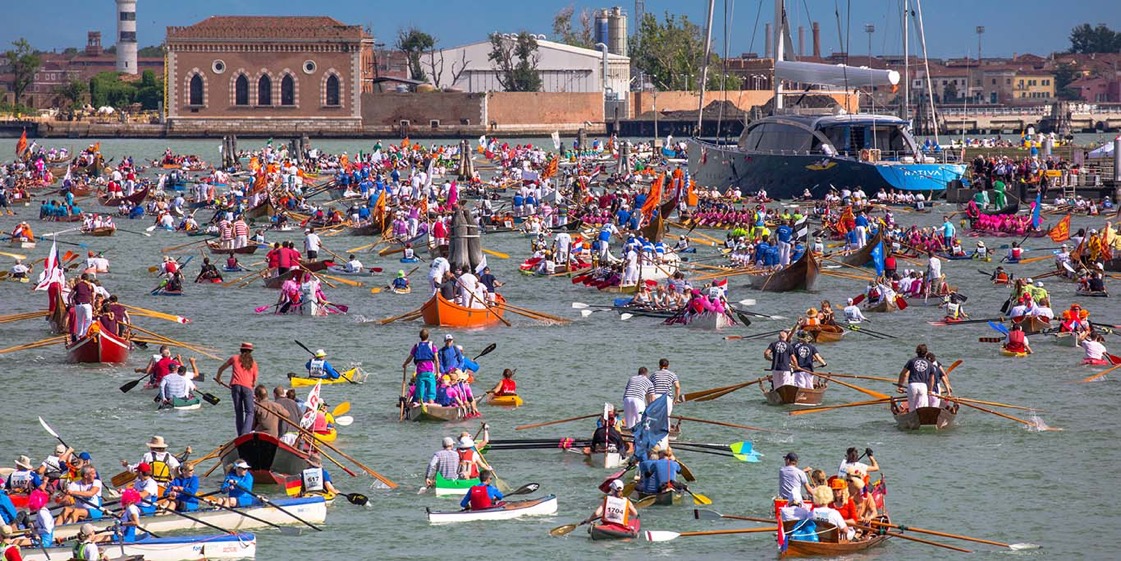A petit clin d'œil to La Vogalonga
last update: 28 April 2022

So what is la Vogalonga? Wikipedia does not do the event justice, and just tells us that it's a 30 km race "along the various Venetian canals and historical buildings". The official website does a bit better, but hopefully I've tried to add a little extra.
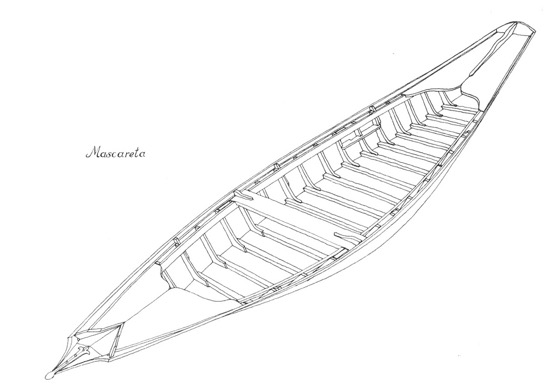
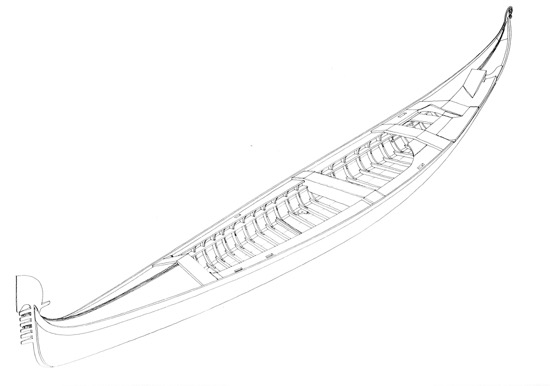
The story goes that it all started on Saint Martin's day (11 November) in 1974 with a regatta between friends on what are called 'mascareta'. We all know the famous gondola, but there is also the sampierota, a short, straight-bottomed, wooden fishing boat equipped with one or two lug sails. Then we have the sandolo, more a family of smaller fishing boats, and one derivative is the mascareta, a very light boat also often used for fishing. The name is said to come from the fact that the boats were once used by masked prostitutes to move along the canals. Finally, another derivative of the sandolo, is the more elegant looking pupparin, smaller, very fast, and often associated with elite or noble families.


Above we have the caorlina and on the right the pupparino (a smaller version of the pupparin), and below we have the topo and peata.

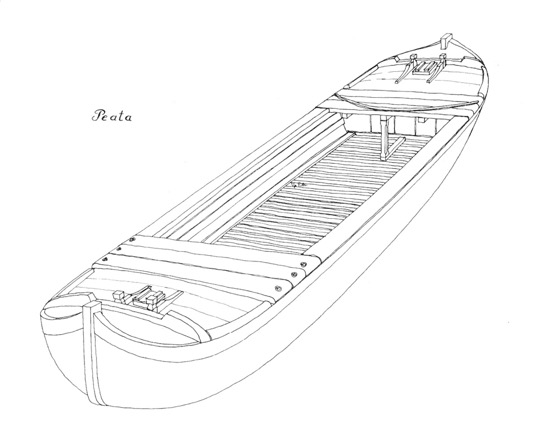
The gondola is about 11 meters long, around 1.40 wide, about 50 cm deep, and weighs about 320 kg. Working gondolas are black, tradition has it that black was imposed between 1500 and 1600, to avoid gondolas becoming over decorated and ornate, since the gondola was considered a symbol of power at the time. In competitions it can have a single rower with one or two oars. There are competition gondolas called gondolinos, which they are a bit shorted and narrower, and weigh just 160 kg. It can be used with two rowers.
The pupparino was formerly used by families instead of the gondola. It is the most used type in competitions, rowed by men, women and teenagers. It's about 10 meters long, 1.25 meters wide, and weighs 200 kg.
The mascaretta, is a popular recreational boats, similar to a sandolo, but lighter, so it is mainly used for women's competitions. It's about 8 meters long, just over 1 meter wide and weights 120 kg.
The sandolo is about 9 meters long, wide about 1.2 meters, and weighs 240 kg. It is used in minor regattas with four rowers.
The caorlina was formerly used for transportation, but today in competitions she carries 6 rowers. It's 9 meters long, wide 1.6 meters, and weighs 380 kg.
There are a wide variety of other types of Venetian boats such as topo and peata. The first is still very popular but is often found with a motor or sails. The second has become rarer and rarer, presumable because she was originally designed for transporting heavy goods.

It's also worth noting that the vogalonga refers to the old Venetian rowing technique. The "voga alla veneta" rowing style is used to drive the iconic gondola, along with every other version of keel-less, rudder-less, flat-bottomed Venetian boats. It is the rowing technique in which rowers are standing up, facing forward and resting the oar in a special oarlock called "forcola". It is a pleasant rowing style not only because it allows you to see where you are going, but because it is extremely efficient. A recent study confirmed that to transport three people plus the weight of the boat (half a ton), a gondolier consumes the same amount of energy as he does walking. Another advantage of this style is the extreme manoeuvrability, where the gondolier is able to carry out every manoeuvre without changing his position. You can find boats with a single rower using a single oar (the oar also acting as rudder), a la valesana with a single rower using two crossed oars, and boats with two or more rowers. The classical technique is the single rower using a single oar, simply because it saves space in the narrow Venetian canals. The stroke itself is divided into two phases, firstly the 'push' during which the oarsman immerses the blade vertically and pushes on the shaft of the oar, and the 'return' in which the oar is moved back to its starting point. It's after the 'push' stroke, the gondolier prepares to straighten the boat with the return stroke. The 'return' is a complex movement in which the oar is kept underwater and is brought to its starting point keeping the forward edge of the blade inclined downwards. This 'rudder effect' is used to correct the direction of the boat. The technique must also reduce the 'braking' effect of the return-stroke so as to gain the maximum forward motion.
But it is said that the idea for la Vogalonga actually came from a young Venetian architect Paolo Rosa Salva, who had asked himself how to mend the broken relationship between the Venetians and the lagoon, and who initially was inspired by the Marcialonga. Fortunately he decided to aim for something more modest, the San Martino regatta, later renamed "ecological regatta" by the Il Gazzettino. Organised on 10 November 1974, a call went out to everyone who was passionate about rowing and the lagoon environment. It was during the post-regatta dinner among the participants that the idea of a rowing marathon was relaunched. Despite the fact that rowing enthusiasts were few and far between, the idea was for a non-competitive rowing event as a form of protest against the deterioration of the city and the adverse effects of wave motion caused by motor traffic in the lagoon. Those in favour of reinstating Venetian (boating) traditions were invited to join the cause.
The first Vogalonga took place on May 8, 1975, and it was only when 2,000 rowers on 545 boats took part, that everyone understood that the bet had been won.
In 2002, 1,300 boats with 4,675 rowers took part, and in 2019 there were 2,000 boats with 7,527 rowers (of which more than 5,000 came from abroad).

The route taken is more or less the same each year, except the return passage though the city to Piazza San Marco can change from year to year. So the start is always in the Canale della Giudecca, and the target is the turn at the Canale di Mazzorbo, one of the islands in the northern part of the Lagoon of Venice (lightly populated, is now famous for the brightly painted houses). They first leave Piazza San Marco and row past the Danieli and the Giardini della Biennale, before taking a sharp left into the Canale delle Navi-Sant'Elena. They then bear to the right to row past Isola delle Vignole along the Canale della Bissa. They are aiming to turn in to Canale Passaora-Sant'Erasmo, and row along the northern side of the island. On their left is the Palude di Santa Giacomo, a vast area that can best be described as marshland, and gets its name from San Giacomo in Paludo (which is a small almost abandoned island). From there they bear left to find Canale Crevan-Burano, which is a canal that divides the Palude di Santa Caterina (on the left) and Palude di Burano. This canal will take them around the back of Mazzorbo, where they then turn left and row along the canal that runs though the middle of the main island. The route back to Piazza San Marco taken them across the lagoon towards Murano (famous for its glass), and again they pass the north side of the Palude di Santa Giacomo. Here the rowers have to turn a short right into Canale di Murano (next to the Faro di Murano). As far as I can see the Canale di Murano is really composed of an entry Canale San Giovani, with a left turn into Canale Ponte Lungo, before leaving the island through Canale degli Angeli-Tessera (i.e. Canale degli Angeli that exits into Canale di Tessera). The reality is that there are at least 14 different named canals just in and around the main island of Murano. From there I've seen that routes change from year to year, but all bringing the rowers back though the canals to Canal Grande and the arrival at Punto della Dogana.
We are going to turn the clock back to 1984, and totally by chance we saw some of the participants training on the canals of Venice, the day before la Vogalonga of 20 May, 1984. Here are our old photographs from 1984.
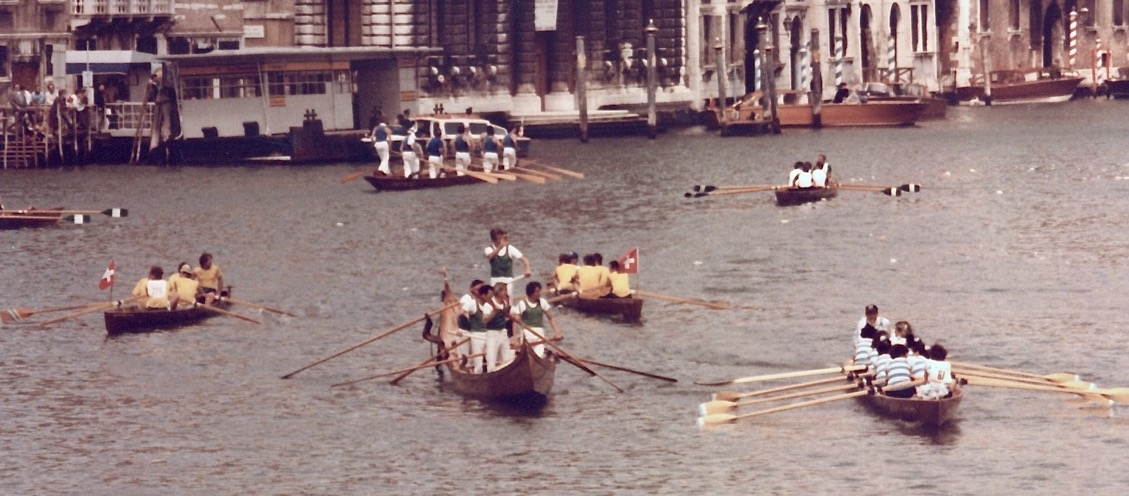

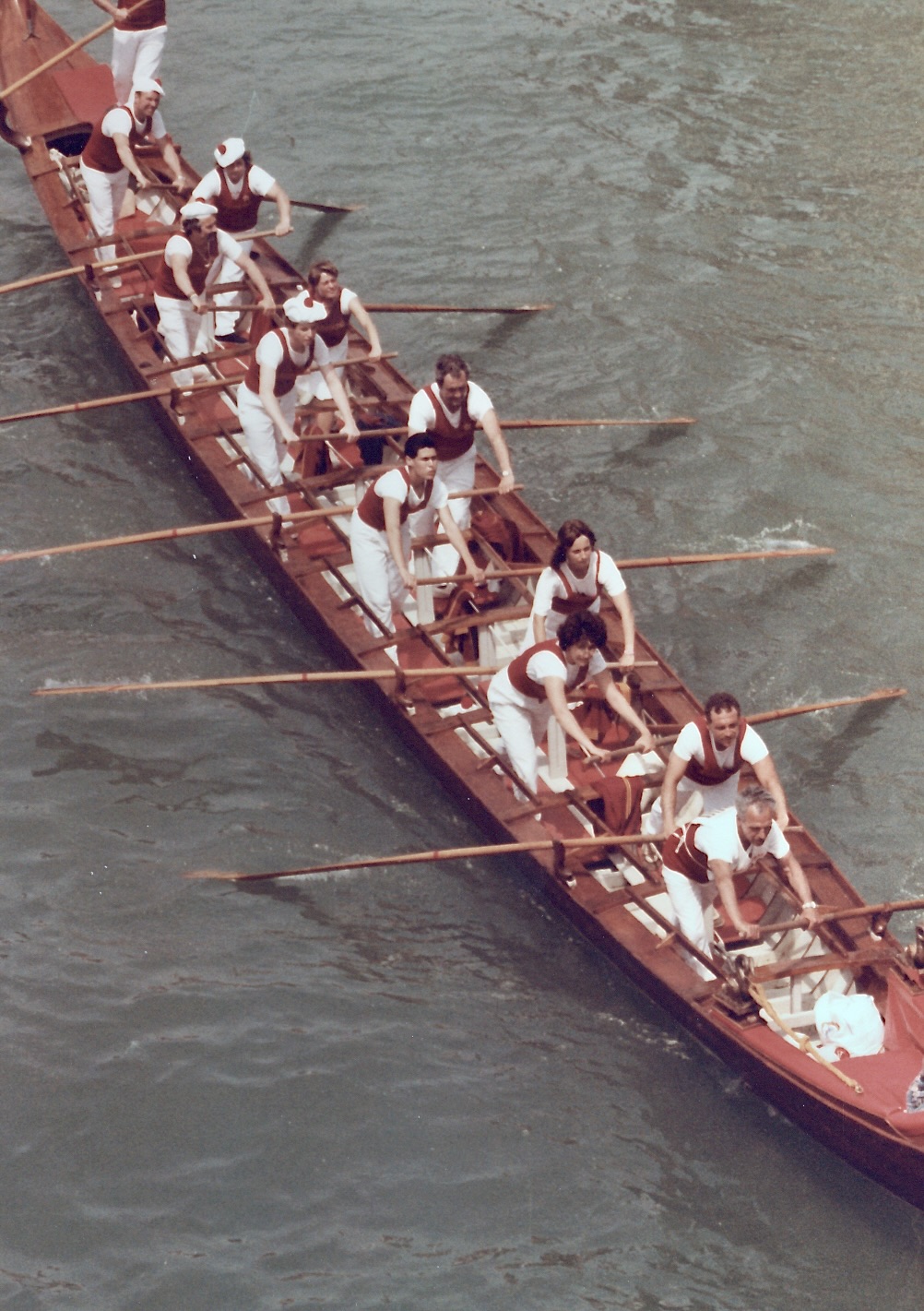
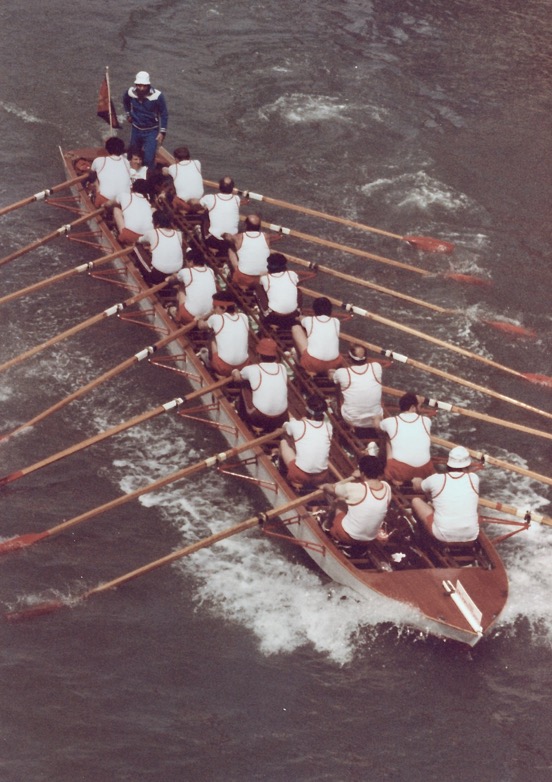
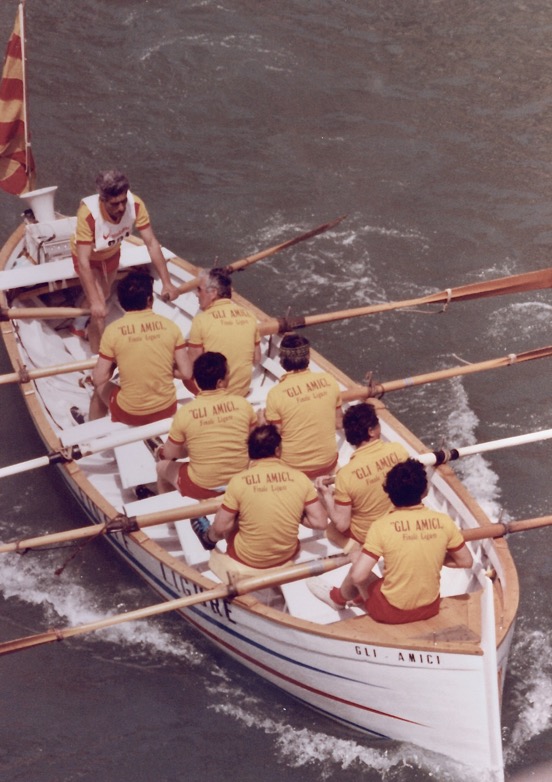
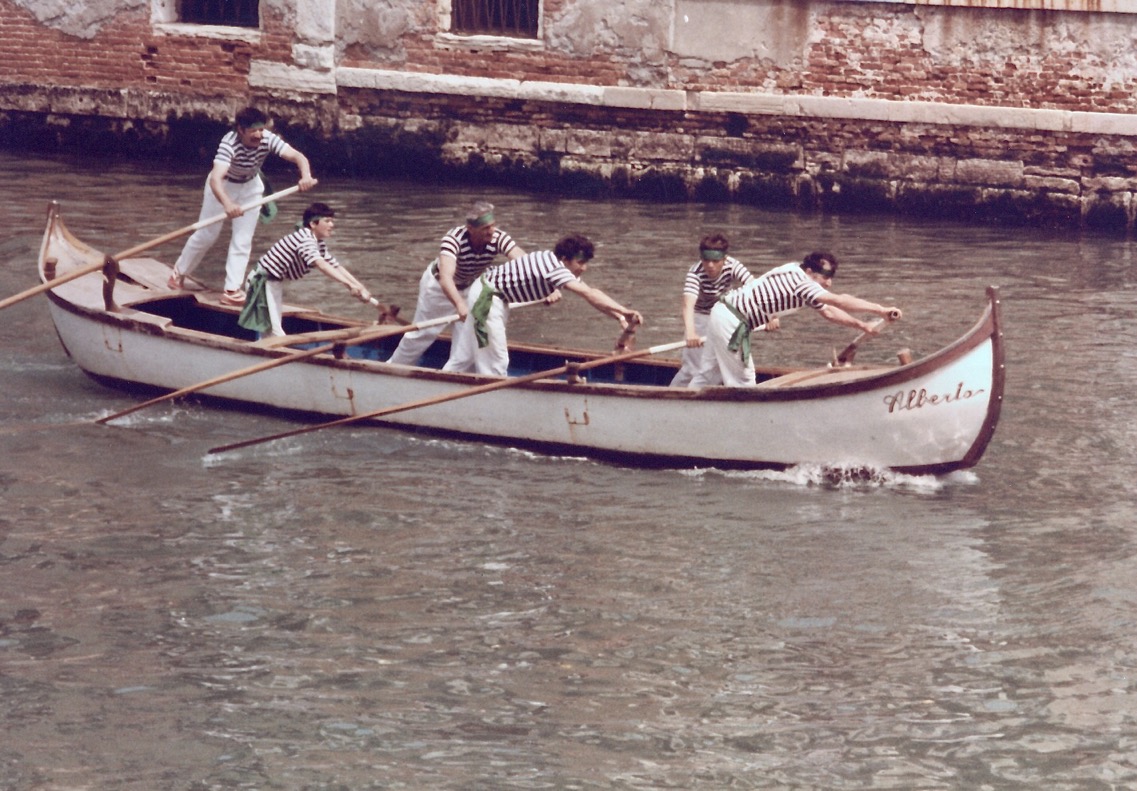
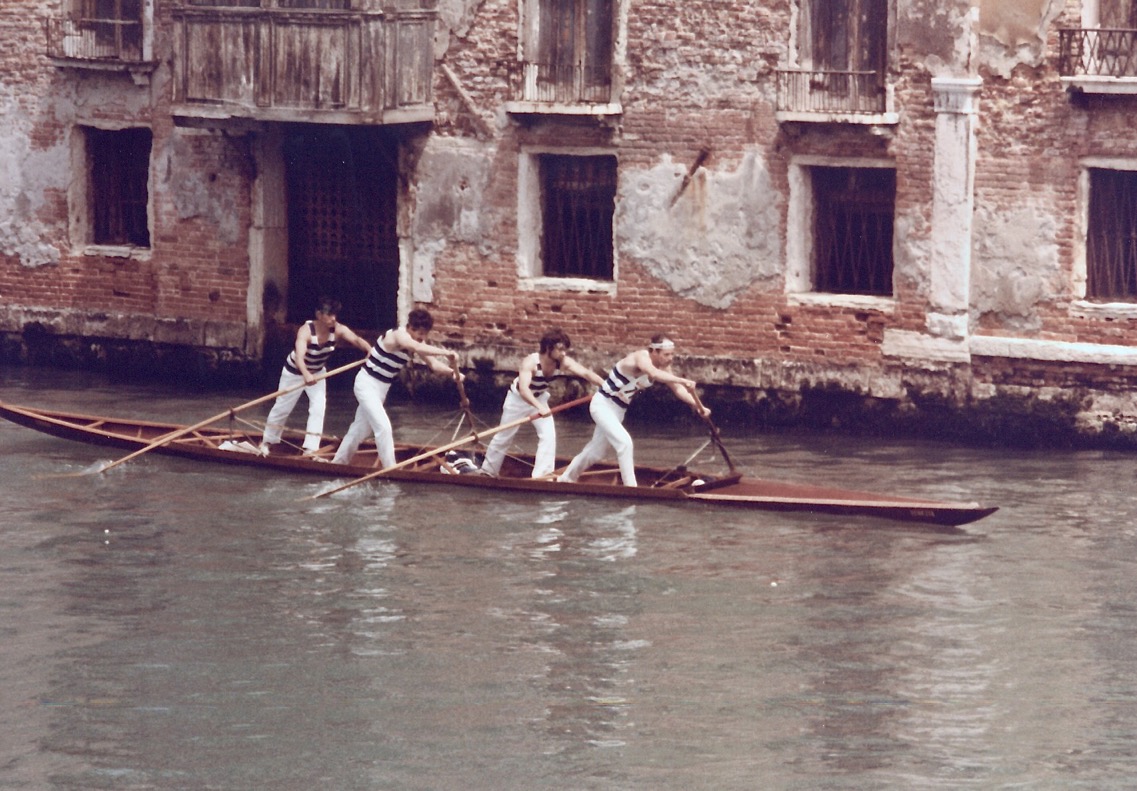
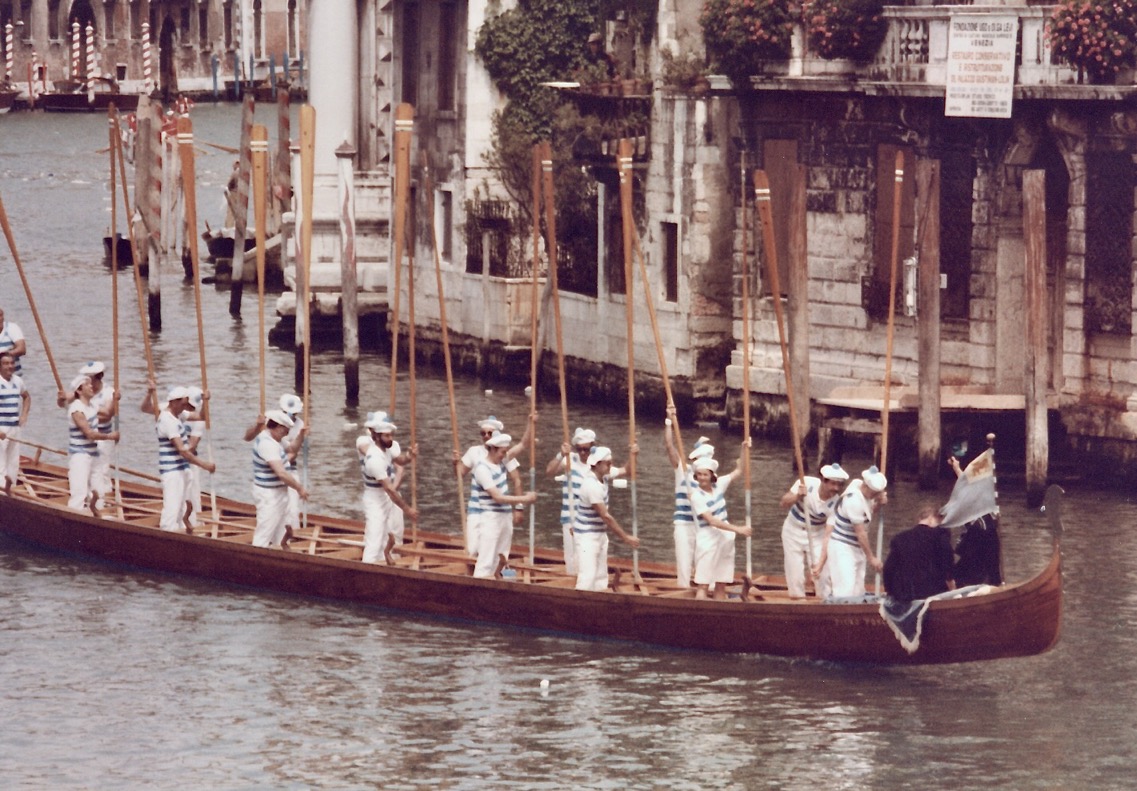
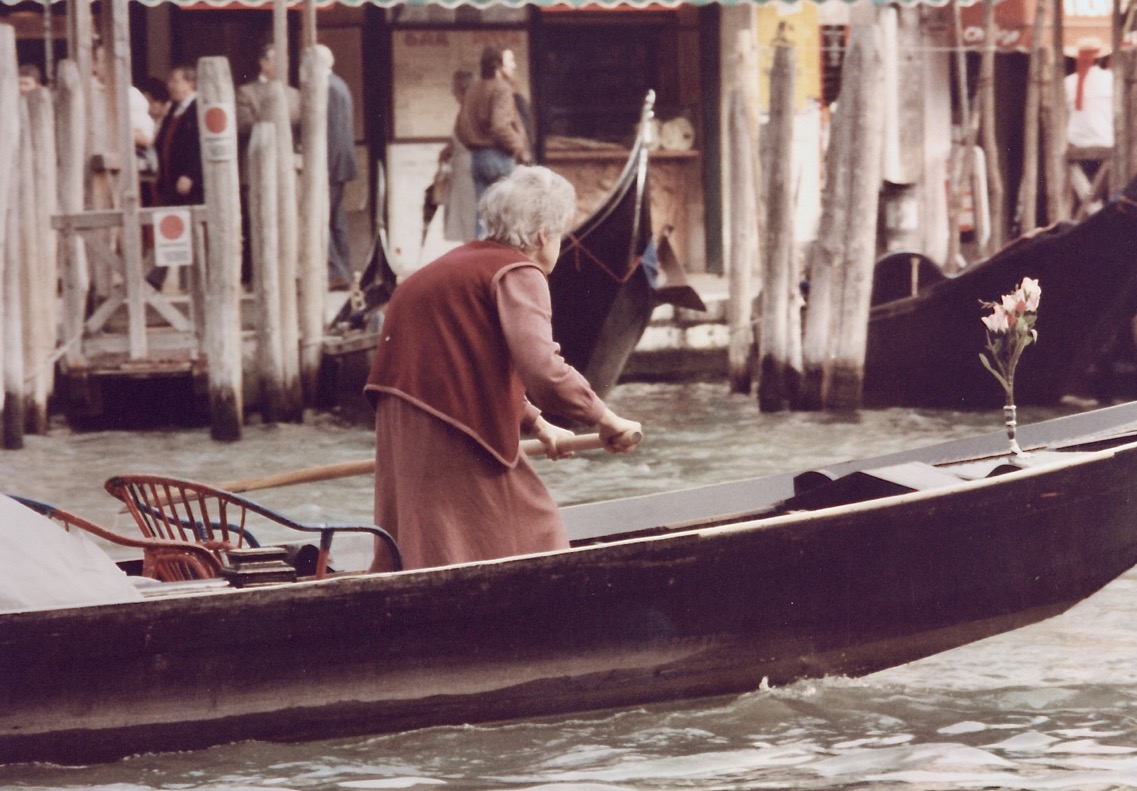
Now if we zoom forward to the modern day, with 2,000 boats we can imaging the spectacle,…
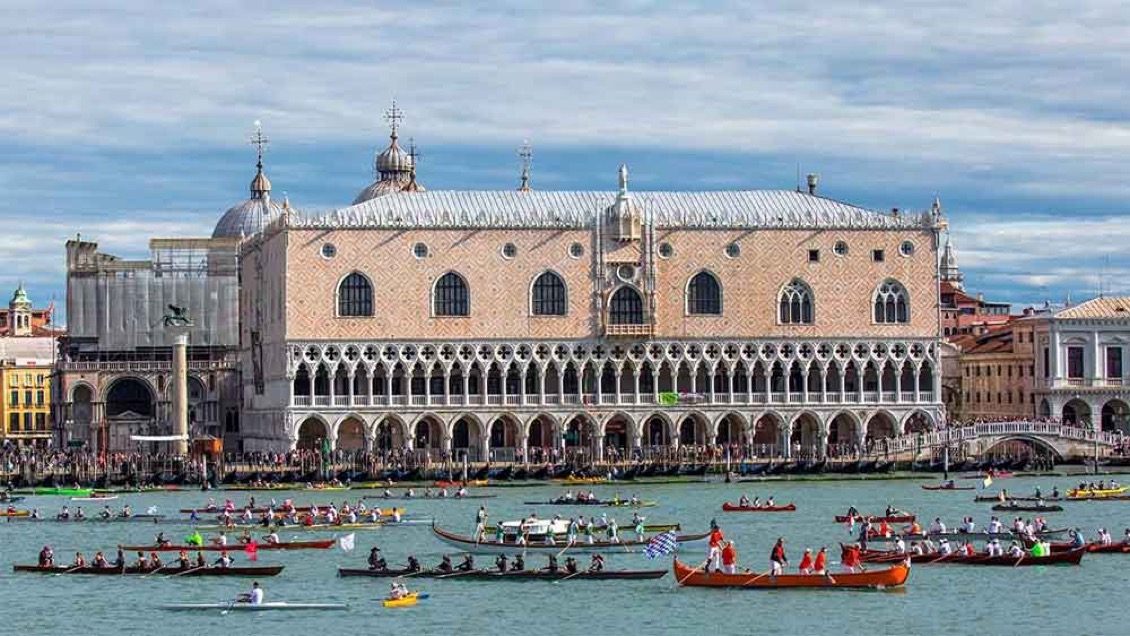

and the chaos that might occur in the narrow canals.
